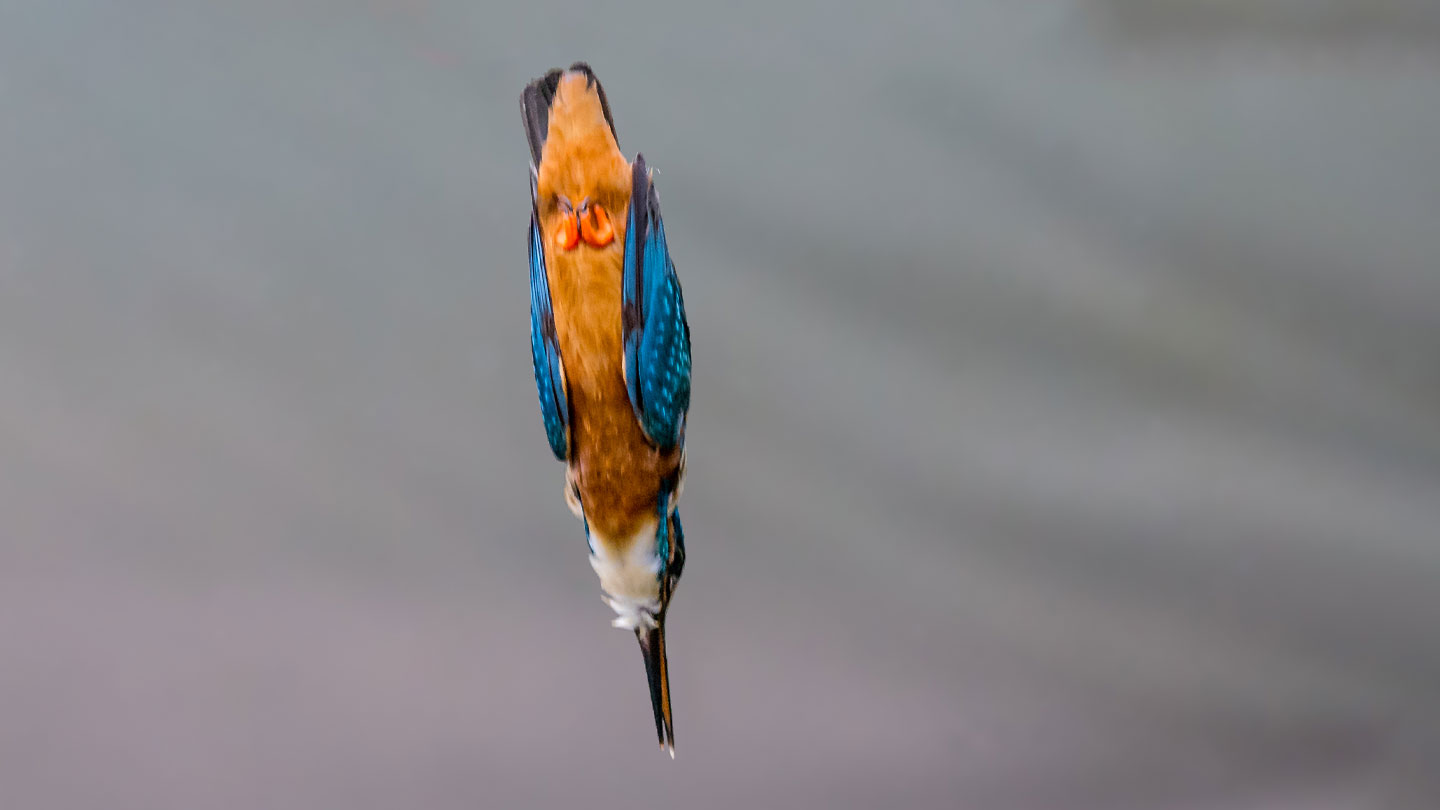Genetic tweaks in kingfishers might help cushion the blow when the diving birds plunge beak first into the water to catch fish.
Hitting speeds of up to 40 kilometers per hour, kingfisher dives put huge amounts of potentially damaging pressure on the birds’ heads, beaks and brains. The birds dive repeatedly, smacking their heads into the water in ways that could cause concussions in humans, says Shannon Hackett, an evolutionary biologist and curator at the Field Museum in Chicago. “So there has to be something that protects them from the terrible consequences of repeatedly hitting their heads against a hard substrate.”
Hackett first became interested in how the birds protect their brains while she worked with her son’s hockey team and started worrying about the effect of repeated hits on the human brain. Around the same time, evolutionary biologist Chad Eliason joined the museum to study kingfishers and their plunge diving behavior.
In the new study, Hackett, Eliason and colleagues analyzed the complete genome of 30 kingfisher species, some that plunge dive and others that don’t, from specimens frozen and stored at the museum. The preserved birds came from all over the world; some of the diving species came from mainland areas and others from islands and had evolved to dive independently rather than from the same plunge-diving ancestor. The team wanted to know if the different diving species had evolved similar genetic changes to arrive at the same behaviors. Many kingfisher species have developed this behavior, but it was unclear whether this was through genetic convergence, similar to how many species of birds have lost their flight or how bats and dolphins independently developed echolocation (SN: 9/6/2013).
2023-11-06 09:00:00
Post from www.sciencenews.org
